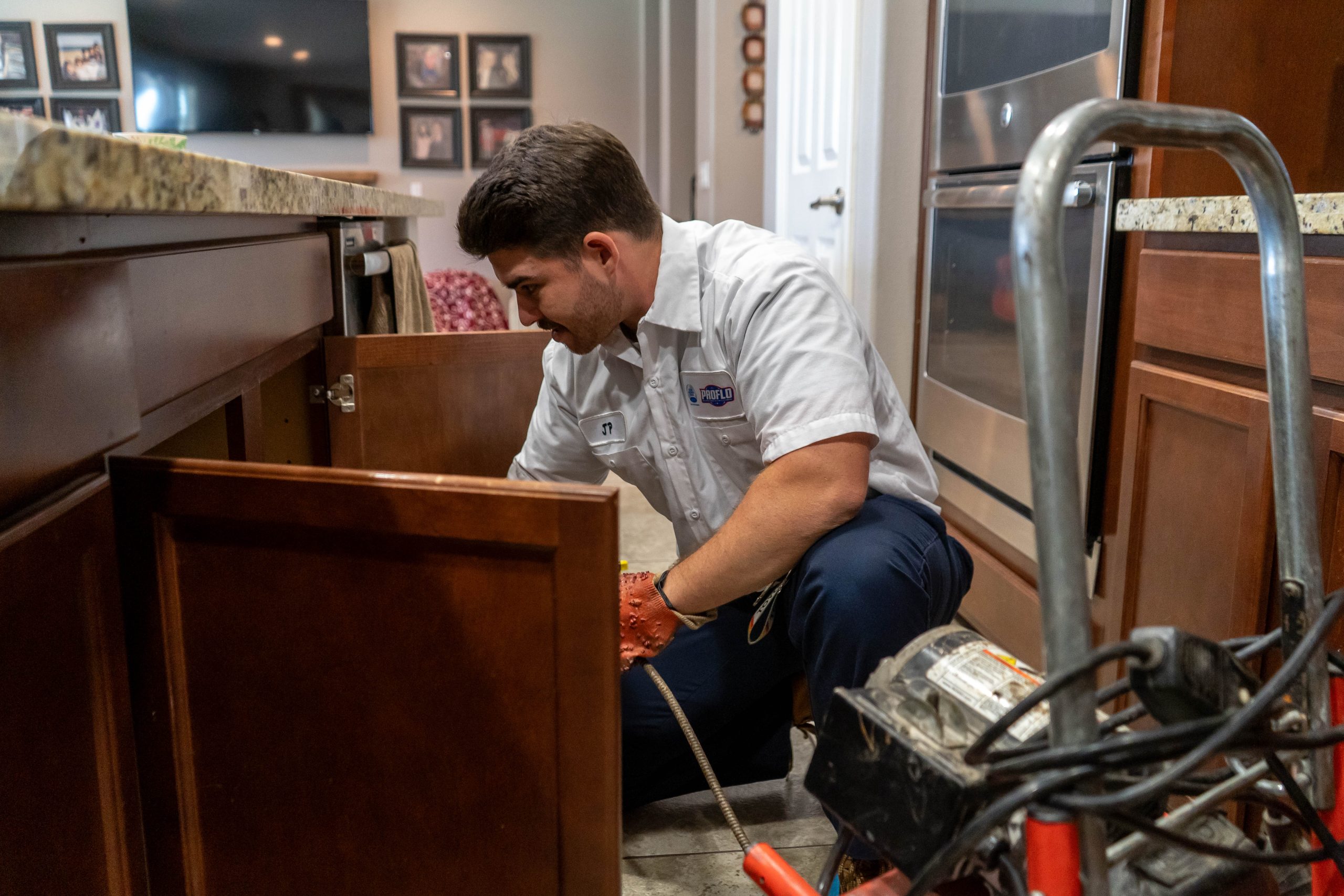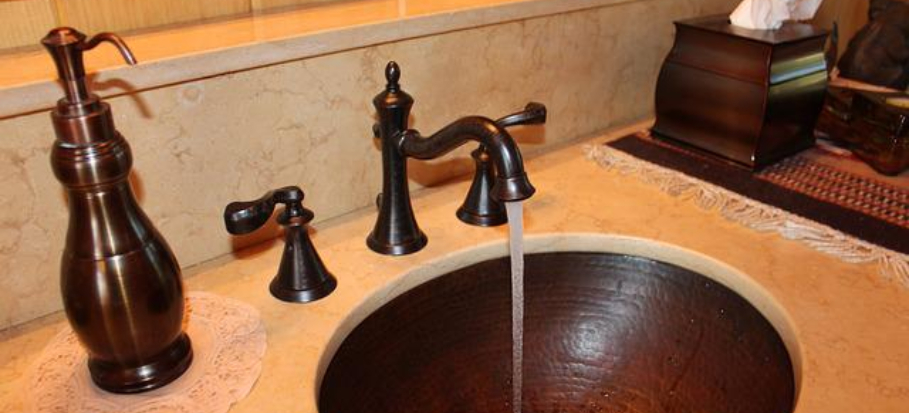Just how do you really feel in relation to Plumbing Issues in Older Properties and How to Fix Them?

Older homes often feature charm, personality, and background, but they can additionally bring a host of pipes issues. Whether you're managing aging pipelines, low tide pressure, or leakages, knowing exactly how to deal with these usual problems is essential to keeping a risk-free and useful home. In this guide, we'll discover the common pipes challenges encountered by older homes and provide functional solutions to keep your pipes in leading shape.
Understanding Typical Pipes Issues
Aging Pipelines
Among the most typical concerns in older homes is aging pipes. Depending upon the period in which your home was developed, the pipelines might be made from materials that have worn away in time, such as galvanized steel, cast iron, or perhaps lead. These products can rust, end up being brittle, or create leakages, resulting in water damages and possible health hazards.
Water High Quality Screening
Older pipes can impact the top quality of your water. Conduct a water quality test to look for impurities such as lead, rust, or other contaminations that may be introduced by maturing pipelines.
Solutions for Usual Plumbing Problems
Changing Aging Pipes
If your home has old, weakening pipelines, take into consideration replacing them with contemporary materials like copper or PEX. This can be a significant financial investment, yet it will avoid future concerns and boost the safety and integrity of your plumbing system.
Fixing Low Tide Stress
To fix low water pressure, begin by cleansing or changing old components and removing mineral accumulation in the pipelines. If the issue continues, it might be necessary to replace sections of rusty pipelines.
Fixing and Replacing Leaking Pipelines
For tiny leakages, you can use pipe clamps or epoxy putty as a short-lived fix. However, it's ideal to change leaking pipes completely to stay clear of further damage.
Updating Fixtures
Upgrading old fixtures to contemporary, water-efficient models can improve your home's plumbing efficiency and decrease water intake. Look for fixtures with the WaterSense label for the best effectiveness.
Taking Care Of Pipe Corrosion
If your pipes are corroded, replacing them with corrosion-resistant materials like copper, PVC, or PEX is the best solution. Normal evaluations and water quality maintenance can aid stop additionally rust.
Low Water Stress
If you're experiencing low tide stress, it could be as a result of natural resources, rust inside the pipes, or old components that are no longer functioning successfully. This can be a major hassle, especially in locations like showers and sinks.
Leaking Pipes
Leakages are an additional frequent concern in older homes, usually triggered by corroded or worn-out pipelines. Even tiny leakages can lead to substantial water damage, mold and mildew development, and boosted water bills otherwise dealt with promptly.
Obsolete Fixtures
Outdated pipes fixtures such as taps, toilets, and showerheads not just look old but might also be less reliable, susceptible to leakages, or incompatible with modern-day plumbing criteria.
Pipe Corrosion
Deterioration is a typical problem in older pipelines, particularly those made from galvanized steel or actors iron. Rusty pipes can limit water circulation, trigger staining, and eventually cause leaks or pipeline bursts.
Examining the Problem of Your Plumbing
Evaluating Visible Pipes
Start by checking any kind of visible pipelines in your house, such as those in basements, crawl spaces, or under sinks. Try to find signs of deterioration, leakages, or rust, which can suggest underlying concerns.
Checking for Leaks
Look for leakages by inspecting areas around faucets, bathrooms, and under sinks. You can additionally monitor your water meter before and after a duration of no water use to discover surprise leakages.
When to Call a Professional
While some plumbing problems can be managed with DIY options, there are times when it's ideal to call a professional. If you're handling major leaks, substantial deterioration, or are unsure about the condition of your pipes, a certified plumbing technician can give expert assessment and repair work.
Preventive Upkeep Tips
Regular Evaluations
Regularly check your plumbing system for indications of wear and tear. Capturing issues early can avoid expensive repair services down the line.
Water Stress Law
Ensure your water stress is within the advised array to stay clear of stressing your pipelines and fixtures. A plumber can set up a stress regulatory authority if required.
Water High Quality Maintenance
Install water filters or conditioners if your water high quality is poor. This can safeguard your pipelines and components from damages brought on by hard water or impurities.
Proactive Pipe Substitute
If your home has older pipelines, think about positive substitute prior to major concerns occur. This can save you from emergency repairs and water damage.
Verdict
Taking care of pipes problems in older homes needs a combination of alertness, preventive maintenance, and prompt upgrades. By recognizing the usual challenges and recognizing when to seek professional help, you can ensure your pipes system stays functional and dependable for several years ahead.
6 Common Plumbing Problems in Older Homes and How to Solve Them
Corroded Pipes
Yellow, green, or brown discolored water White, green, or red discoloration on pipes beneath your sink or in your basement A water meter that runs when no water is flowing Rising monthly water bills without increased usage Wet or sagging carpeting or flooring, a sign of leaks under your concrete foundation Lead
Lead is highly toxic in a number of ways, from causing aches, constipation, and fatigue to interfering with how brains function and develop, decreasing fertility, and leading to hypertension and anemia. Unlike most other toxins, our bodies have no ability to purge lead. Despite all these effects, our knowledge of lead s toxicity is relatively recent.
That s why, prior to the development of cast iron, applications for lead included sewer lines, water mains, and pipe fittings for its flexibility and durability. You can t see, taste, or smell lead in drinking water, so the Centers for Disease Control and Prevention (CDC) recommends having your water tested by your water provider. If they tell you your home has lead service lines, ask if they offer removal programs.
Galvanized Steel
Galvanized pipes were used for water lines in homes built before the 1960s and featured a protective coating of zinc. As the zinc erodes, the metal can corrode, causing old pipes to clog with rust or break.
Polybutylene
Originally a replacement for copper water lines, this plastic piping reacts with oxidants in many public water systems, which causes flaking and cracking. Any home built in the 1980s or early 1990s, especially mobile homes, may have polybutylene pipes that need replacing before they fail.
Pipe Bellies in Main Drains
Many pipes are installed underneath homes, either buried in the ground or encased in the concrete slab of the foundation. These pipes can shift downward as houses settle gradually, creating negative slopes called pipe bellies that restrict water flow and cause pools that collect waste and sediment. These bellies eventually get stopped up and leak.
Bellies, or sags, are not a concern in a water main because the line is pressurized, but they are a concern in a main drain. A sag holds water and the low point creates a location for waste to hang out and eventually clog. It also attracts tree roots due to the standing water.
Failing Sewer Lines
When buried sewer lines fail, they can back up into your home. Modern appliances force more water through sewer lines, so extensive remodeling in older homes may lead to the risk of sewer line failure. Sewer lines can also be damaged by shifting foundations or tree roots.
Foul-smelling wastewater backing up into your home An egg-like or unpleasant smell in your home Multiple slow drains, which can indicate a partially blocked sewer line Unexplained puddles or soft spots in your yard when it hasn t rained recently Outdated Fixtures and Connections
Part of the charm of a historic home is the many antique faucets and fixtures throughout. Sadly, though, these features won t last forever. Corrosion and wear on hardware and connections can cause low water pressure and leaks, making water use in your home inconvenient.
Many homeowners opt to deal with these inconveniences, but this is risky. Small leaks and minor issues left unattended can become more severe over time, potentially leading to more costly plumbing repairs and permanent water damage to your home.
Badly Executed Repairs
The older your home, the longer it s had to experience problems. Even if you re careful with your fixtures and plumbing, previous owners may not have been. Before you purchased the home, there may have been DIY repairs made by unqualified former homeowners or a general handyperson.
If you suspect your home may have any of these problems, contact a professional plumber to get a plumbing inspection. They will be able to determine if there are any improper repairs and rectify any of the common problems on this list.
Poor Draining
Pipe bellies may be the most common cause of slow draining pipes in an old home, but there are several reasons your sinks, showers, and other plumbing fixtures could be draining slowly.
Issues or clogs with the vent stack are possible, but more likely, decades of soap, scum, and other debris has caused clogs somewhere in your pipes. In homes surrounded by old trees, it s also possible that root growth is also disturbing the pipes.
To determine why water is draining slowly, you ll need to call in a plumber for a thorough inspection.
https://www.angi.com/articles/old-plumbing-poses-problems-historic-homes.htm

I have been very occupied with Common Plumbing Challenges In Old Buildings and I hope you appreciated my piece. Don't hesitate to take a moment to distribute this blog post if you liked it. I enjoy reading our article about Common Plumbing Problems in Older Homes.
Services